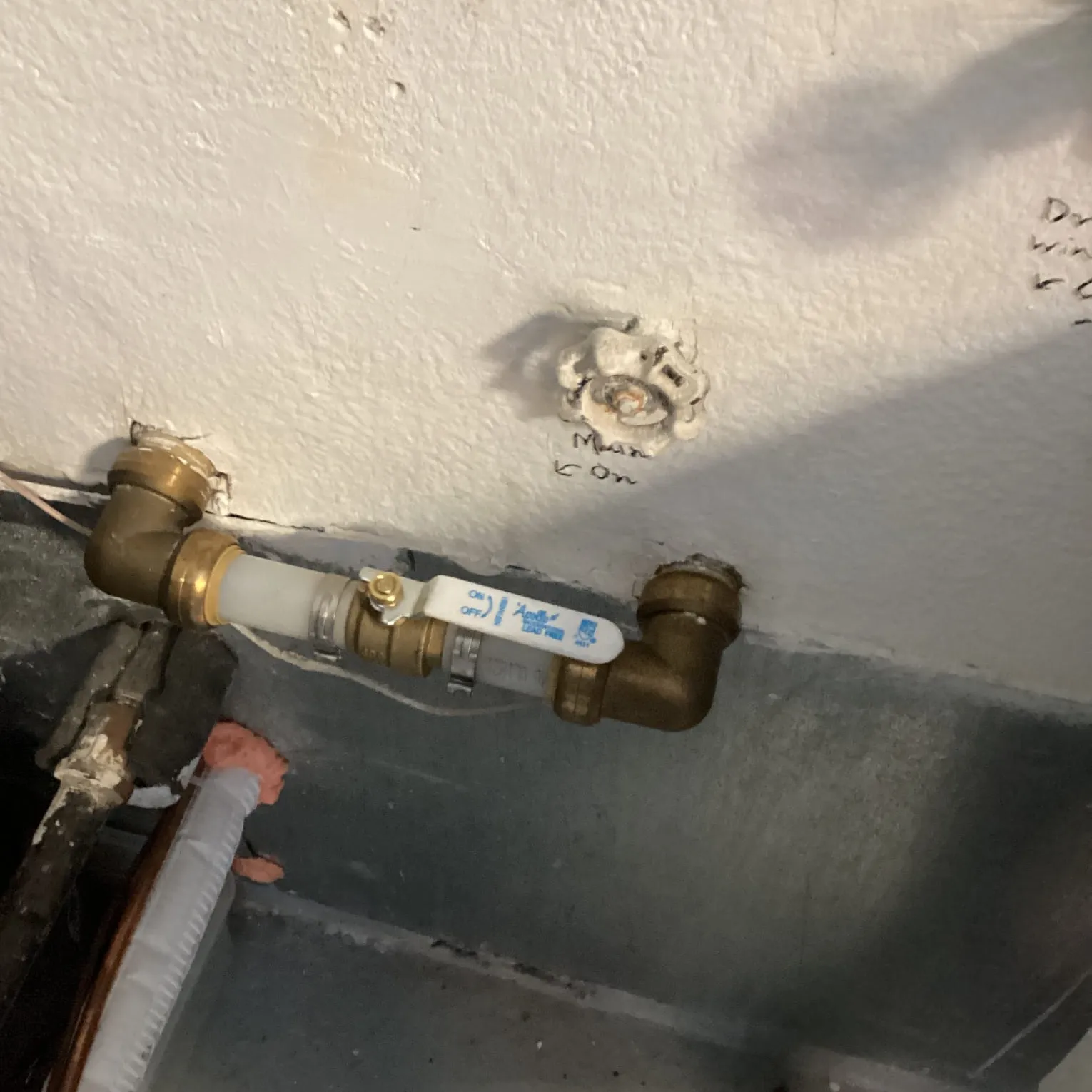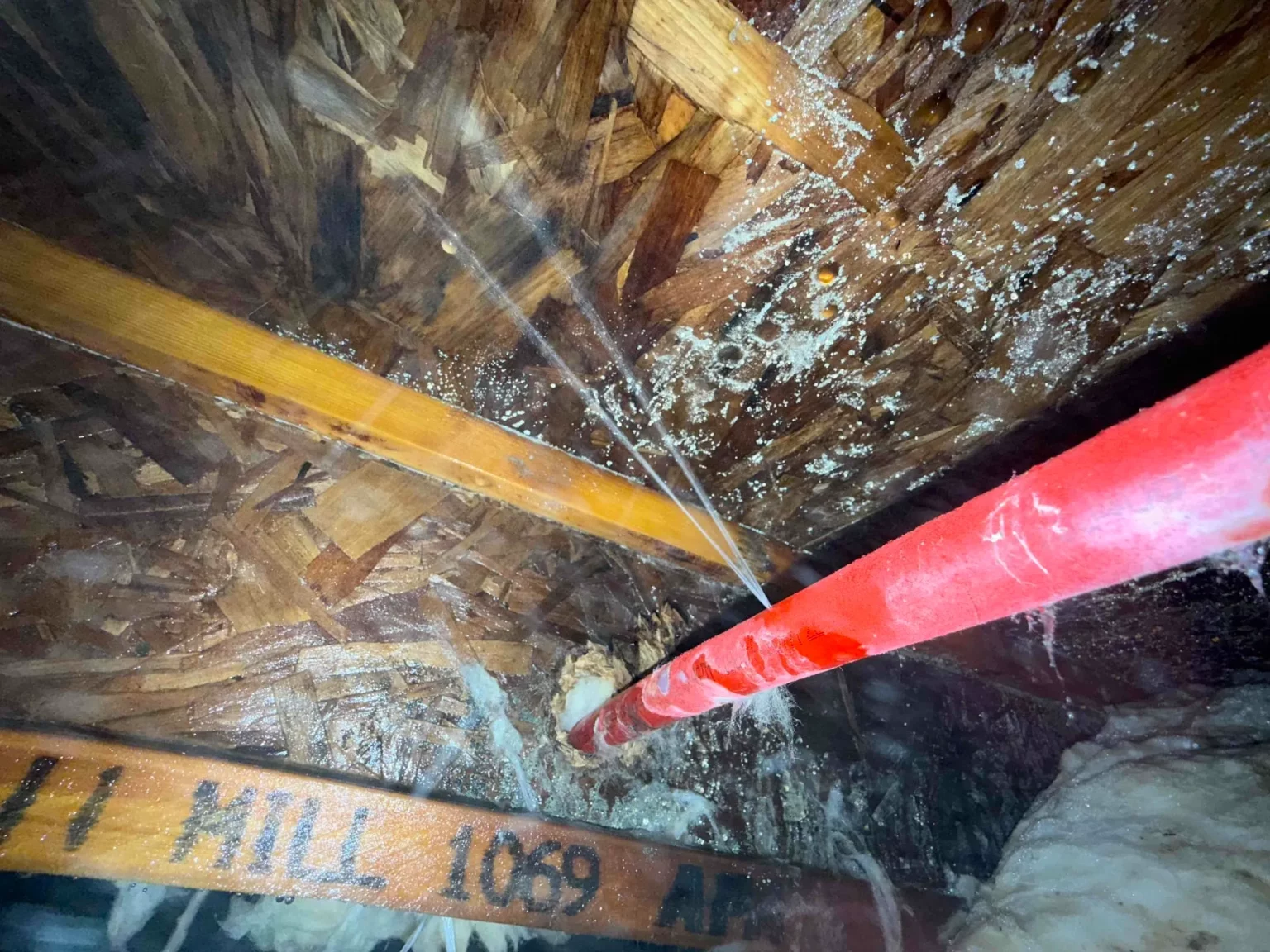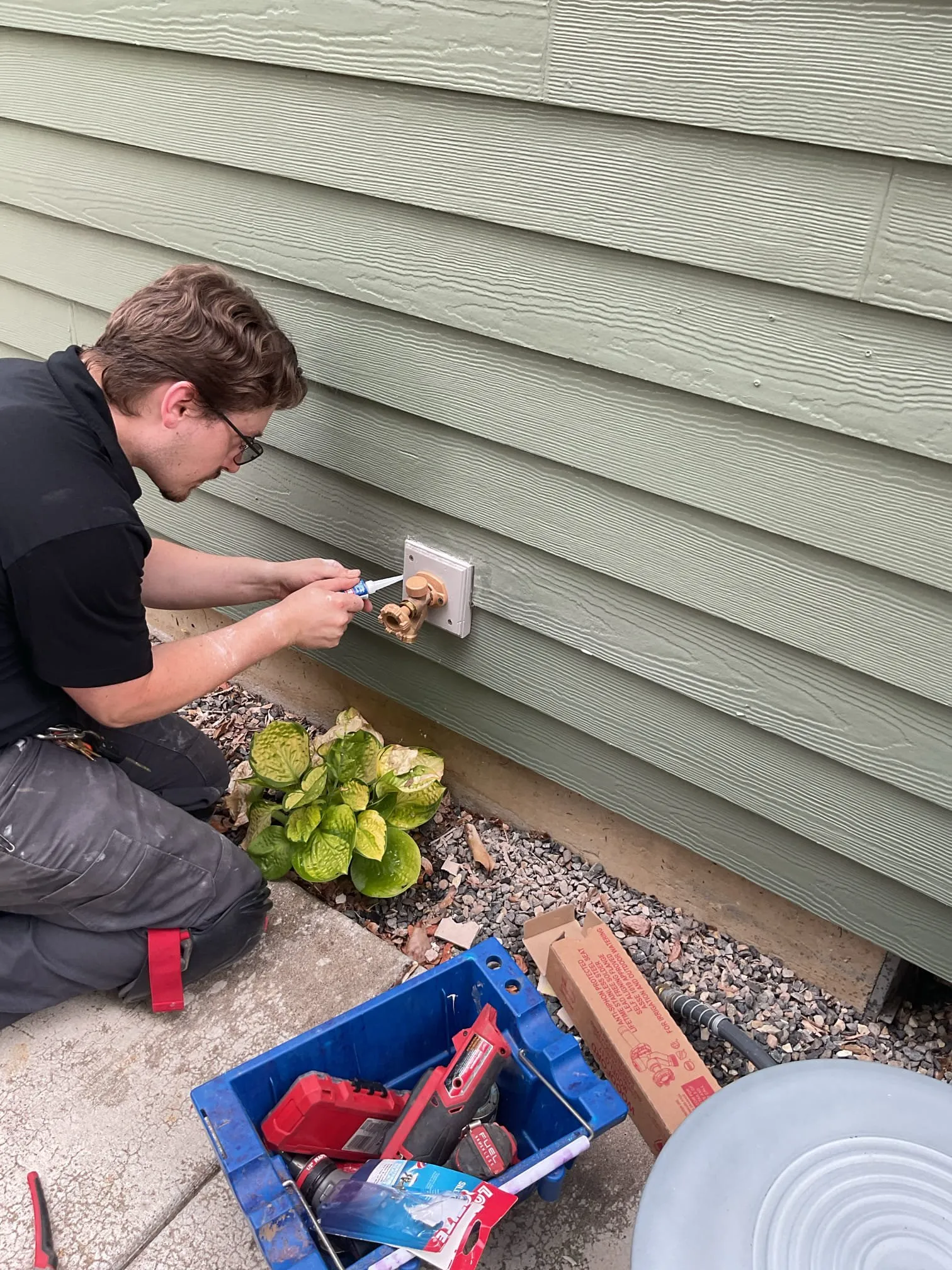
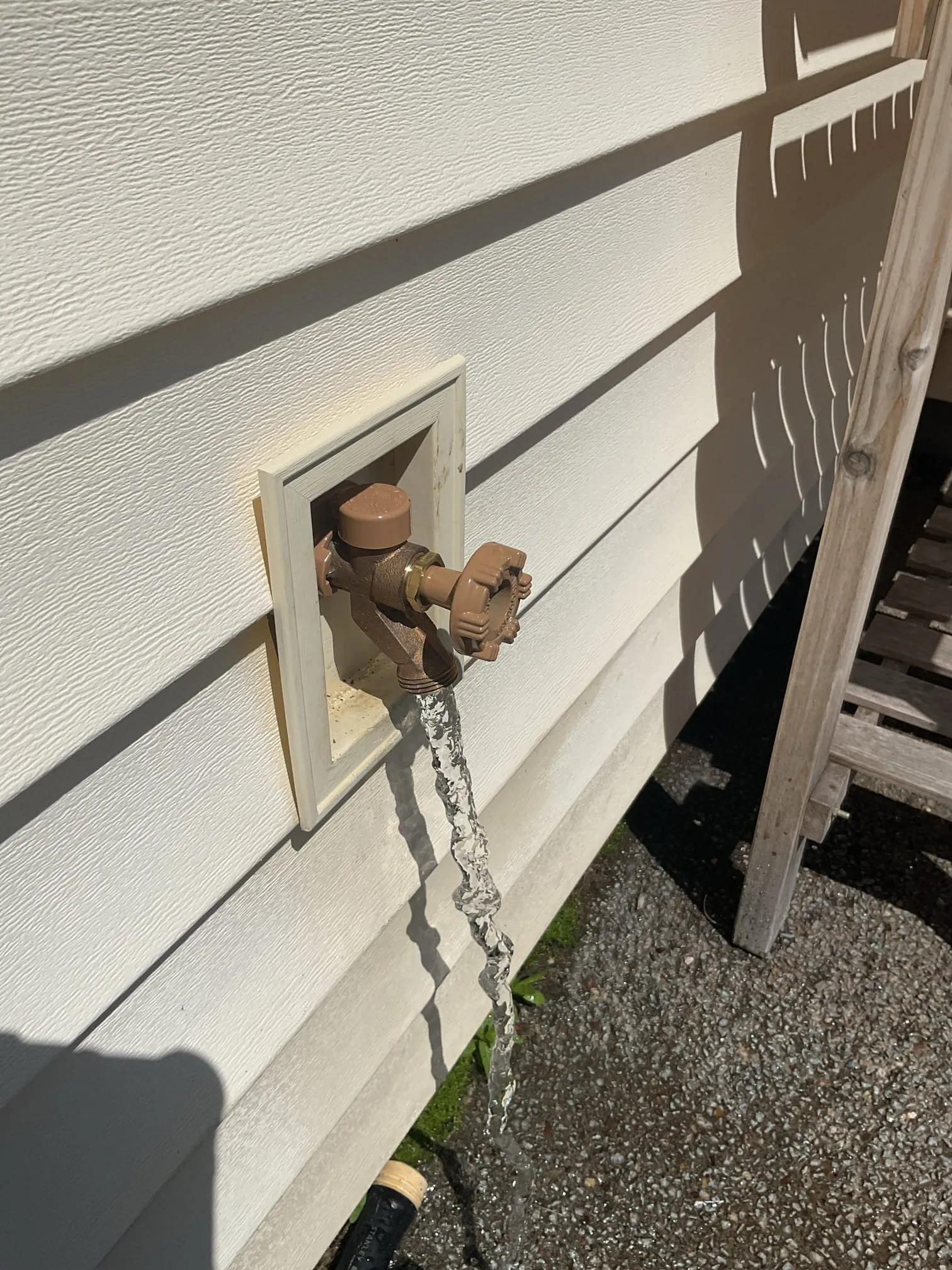
When a plumbing issue arises, the first question homeowners face is always whether to handle it personally or call an expert. The fundamental difference between DIY fixes and professional plumbing solutions boils down to expertise, code compliance, and risk management. For straightforward tasks like resetting a garbage disposal or plunging a simple toilet clog, a DIY approach can work. However, any repair involving pressurized water lines, drainage system modifications, gas piping, or hidden components should always involve a licensed professional. Ignoring this distinction often converts a minor leak into a major, costly disaster requiring remediation far exceeding the original repair cost.
Assessing the complexity and long-term risk of a plumbing problem before reaching for tools is critical, even though homeowners naturally want to save money. True cost savings come from getting the job done right the first time, which ensures safety and preserves the home’s infrastructure.
Surface-level fixes often hide deep systemic issues. What looks like a simple leak under the sink, for instance, can often be a symptom of improper pressure regulation or corroded pipes deeper within the system. Distinguishing between a minor fix and a larger systemic problem requires diagnostic training and specialized equipment.
Do-it-yourself fixes are primarily reserved for visible, easily accessible fixtures that do not require cutting into walls or manipulating high-pressure lines. These tasks typically include:
Once the problem moves beyond simple fixture maintenance, specialized knowledge becomes mandatory. Professionals possess the training to understand fluid dynamics, thermal expansion, and the long-term effects of water pressure. For example, issues like persistently low water pressure, gurgling drains, or recurring backups often point toward problems in the main sewer lateral or deeper pipe obstructions that DIY efforts cannot safely or effectively resolve.
The immediate cost of a DIY attempt is usually just the parts and materials. However, calculating the true cost must also include the value of time spent and the expense of buying or renting specialized tools. Professionals, while charging a service fee, bring a comprehensive tool inventory, industry experience, and the guarantee that the work meets established regulatory standards.
According to research from Insurance Information Institute, the average cost to hire a plumber nationally usually covers diagnosis and basic repairs, ranging from hundreds to a few thousand dollars depending on the scope. This expense is typically far lower than the cost of water damage remediation resulting from an amateur repair failure, which often involves thousands of dollars in restoration and mold removal.
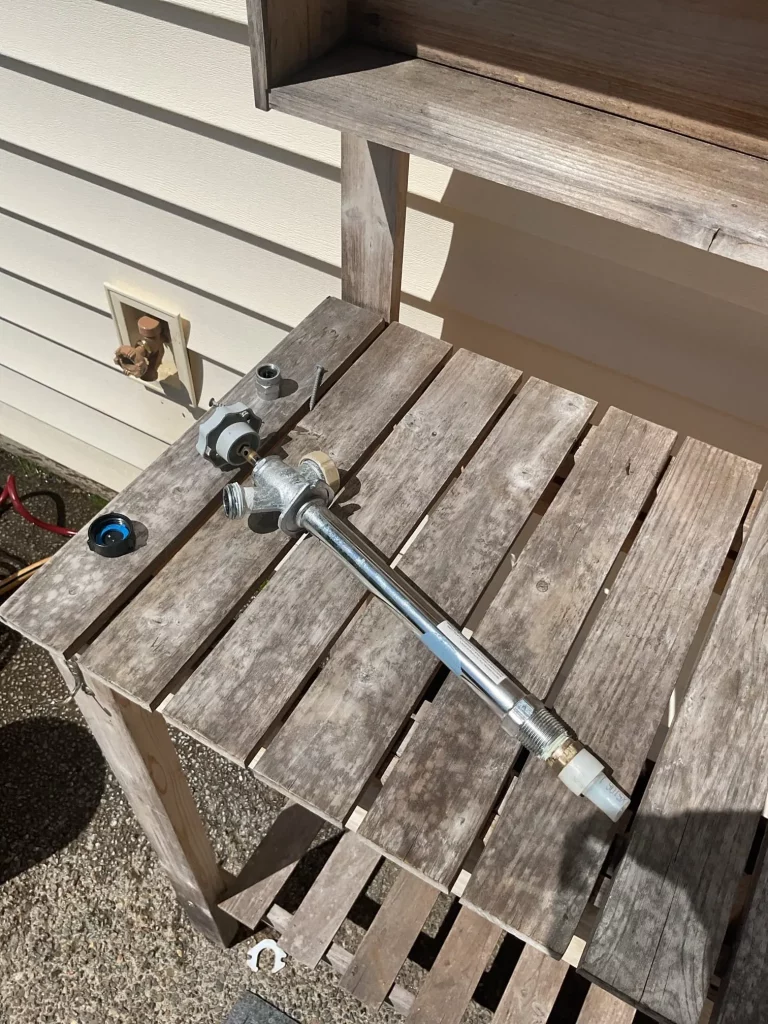
The key distinction between the two approaches is the scope of responsibility and available resources, as outlined here:
| Factor | DIY Fix (Do-It-Yourself) | Professional Plumbing Service |
|---|---|---|
| Diagnosis | Limited to visual inspection; guesswork often involved. | Uses specialized tools (cameras, pressure gauges) for accurate system analysis. |
| Tools Required | Basic household tools, often renting specialty equipment. | Commercial-grade, calibrated tools; full inventory of fittings and components. |
| Code & Safety | Zero adherence or knowledge of local building codes. | Guaranteed adherence to local plumbing and safety regulations. |
| Warranty/Liability | Zero warranty; homeowner is liable for all damages. | Work is warranted; company insurance covers damage caused during service. |
| Problem Solving | Limited to single, isolated issue resolution. | Systemic approach; addresses root causes and preventative maintenance. |
Bonus Tip 1: If a leak requires turning off the main water supply for more than an hour, the issue is likely too extensive for a novice DIY fix and requires professional intervention to minimize water service downtime.
One of the most underestimated aspects of professional plumbing work is regulatory compliance. Plumbing systems must meet specific, often regional, building codes designed to ensure public health and safety, preventing cross-contamination, dangerous pressure issues, or structural failure. Modifying major systems, such as installing a new water heater or altering a drain line, typically requires a permit and inspection.
This adherence to standards is detailed by leading industry bodies. For instance, a report focusing on safety standards published by the International Association of Plumbing and Mechanical Officials (IAPMO) demonstrates the strict technical specifications required for piping materials, joint preparation, and pressure testing. Failure to adhere to these standards, even accidentally, can lead to severe consequences, including system failure, gas leaks, or contaminated drinking water.
Regional differences often dictate professional necessity. In regions like the Pacific Northwest, where constant dampness and freezing temperatures occur, specific climatic challenges must be addressed. This requires expertise in pipe insulation, drain slope calculations to prevent standing water, and knowledge of how certain materials react to high moisture levels. A professional knows which pipe materials are best suited to resist freeze-thaw cycles common in this climate, preventing burst pipes that can cause catastrophic damage.
Before deciding whether to pull out the wrench or the phone, evaluate the potential long-term consequences of the repair. Asking these questions helps determine the necessary course of action:
Bonus Tip 2: Never attempt to adjust the pressure-reducing valve (PRV) on the main line yourself. Incorrect adjustments can damage every fixture and appliance in the home. Call a professional if water pressure is spiking or dropping throughout the property.
Most homeowners underestimate how tightly integrated the plumbing system is with the home’s structure, meaning simple mistakes can quickly multiply costs.
For example, using the wrong type of sealant or pipe material can lead to accelerated corrosion or joint failure. Similarly, clearing a clog incorrectly using chemical drain cleaners or oversized augers can physically damage the interior of the pipes, resulting in rough surfaces that catch debris and cause future, more serious blockages that require expensive repiping to resolve.
Bonus Tip 3: Always check the warranty of any new appliance (like a water heater or dishwasher). Many manufacturer warranties are voided if the installation or repair is not performed by a licensed professional.
Evaluating a plumbing issue requires an honest assessment of individual skill level against the complexity and potential danger of the task. For small, surface-level maintenance, DIY is a viable option that saves minor costs. However, when faced with hidden leaks, pressure issues, required permits, or any task that could lead to significant water damage, relying on the expertise and guaranteed compliance of a professional service is the most economically sound decision.
Making the right choice minimizes liability, ensures adherence to safety standards, and protects the structural integrity of the home over time. Always weigh the potential risk of failure against the initial savings.
If you are uncertain about the severity of a plumbing issue or need expert diagnostics for persistent problems, licensed professionals can provide clarity and reliable service. For questions regarding large installations, complex repairs, or potential replacements in the Pacific Northwest, Simpson Plumbing is available. Their administrative team can be contacted via email at [email protected] or by calling (360) 954-2041 to discuss specific residential or commercial needs. Ensuring your plumbing system runs smoothly and safely is always the priority.
Homeowners insurance policies typically cover sudden and accidental damage, like a burst pipe. However, if the damage is deemed the result of negligence or faulty workmanship by an unlicensed person (the homeowner), the claim may be denied. Policies often exclude damage caused by ongoing maintenance issues or poor repair quality.
Professional services use specialized equipment like acoustic leak detectors, thermal imaging cameras, and pressurized nitrogen testing. These non-invasive methods accurately pinpoint the location of hidden leaks behind walls or under slabs without unnecessary destruction of the property. This accuracy saves significant time and structural repair costs.
A professional should hold current licensing (usually Journeyman or Master Plumber certification), be bonded, and insured. The license proves they have met state requirements for training, apprenticeship hours, and knowledge of current building codes. Always verify licensing before hiring.
If a component like a water heater or toilet is reaching the end of its expected service life (typically 8 to 15 years for water heaters), replacement often offers better long-term value than repair. A licensed plumber provides an unbiased assessment based on the age, efficiency, and frequency of past failures.

